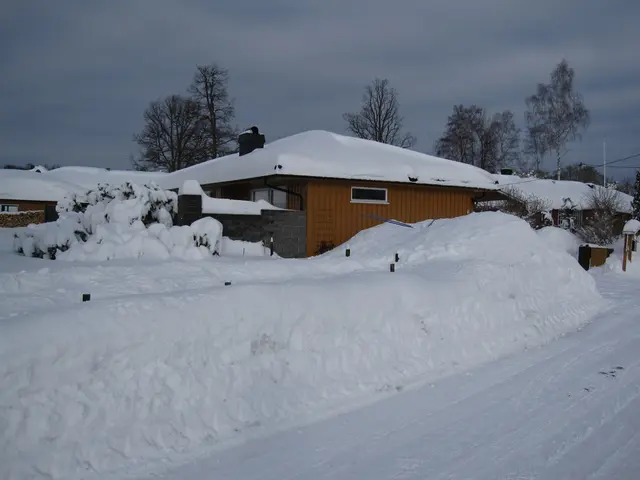Decorating your home for the holidays can be a joyous occasion, but did you know that your Christmas tree might be hosting thousands of uninvited guests? While adorning your living room with a grand fir or spruce might bring holiday cheer, unbeknownst to most, Christmas trees can harbor up to 25,000 insects during the holiday season, as discovered by Norwegian entomologist and professor, Bjarte Jordal.
For many, the annual tradition of decorating the Christmas tree is a beloved custom. The attraction of a fresh, live tree in the living room weeks before the big day is undeniable. However, while the tree may look magnificent, it can hide unwanted secrets.
Insects, such as lice, ticks, moths, small spiders, and mites, can sometimes be found lurking on the branches of the tree. The trees serve as a cozy winter haven for insects that hibernate outdoors, only to venture indoors when temperatures warm up, mistakenly thinking spring is in the air. Regrettably, due to the low plant life found in homes and apartments, insects struggle to survive for long.
Fortunately, beetles that feed on tree bark and trunks are the exceptions. These creepy crawlies pose no significant health risks, often going unnoticed due to their small size.
However, there is one insect that residents should pay close attention to: ticks. Following the decoration of the Christmas tree, it's vital to conduct a thorough inspection for the presence of ticks. Due to the risk of tick infestation, parents should discourage their children from crawling under the tree, as it can be a tempting exploration zone for the littlest family members.
In case a tick is discovered on a body, prompt removal is essential, and a self-check is highly recommended. Ticks serve as carriers of viruses and bacteria, capable of transmitting dangerous diseases. Other insects may be undesirable, but they are harmless in living spaces.
To help get rid of the persistent pests, several tricks can be implemented:
- Store the tree in a cool, dry basement or garage following purchase.
- Submerge the tree in a bucket of water.
At a temperature of at least 8 degrees Celsius, insects become active, eventually succumbing to hunger. Beverage coolers and garages often maintain temperatures below the minimum threshold, making them ideal storage areas for infested trees.
Additional Information:
- Insect infestations on Christmas trees can be minimized by carefully inspecting the tree prior to purchase and pruning infested areas, if necessary. Regular monitoring, proper storage, and daily watering also help maintain the tree's health.
- Be cautious when handling the tree to avoid crushing or damaging the branches, which can release hidden insects. In case of severe infestations, insecticides designed for Christmas trees or professional arborist assistance can be sought to provide guidance on handling the situation efficiently.
As you embark on your holiday home decoration journey, keep the chances of insect infestations in mind and implement strategies to deter these unwelcome guests from your Christmas tree celebrations.







